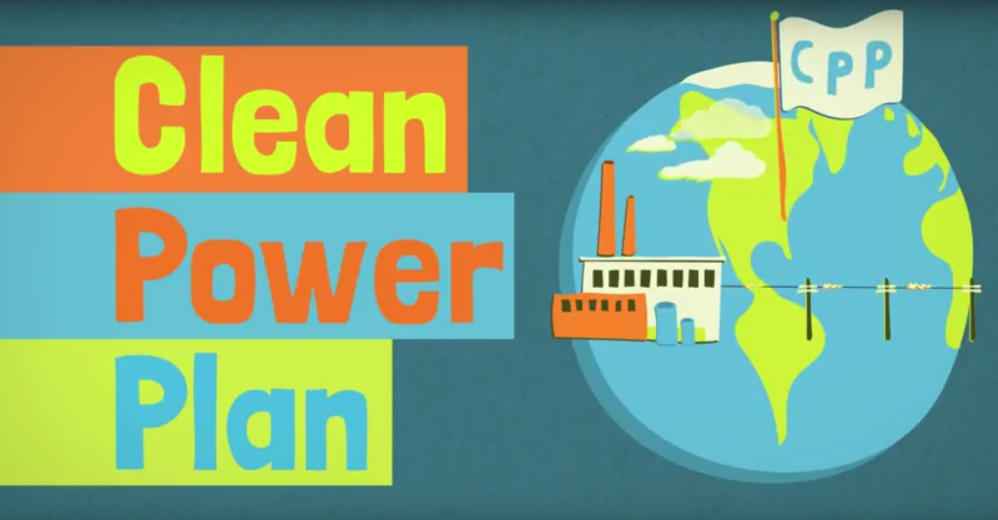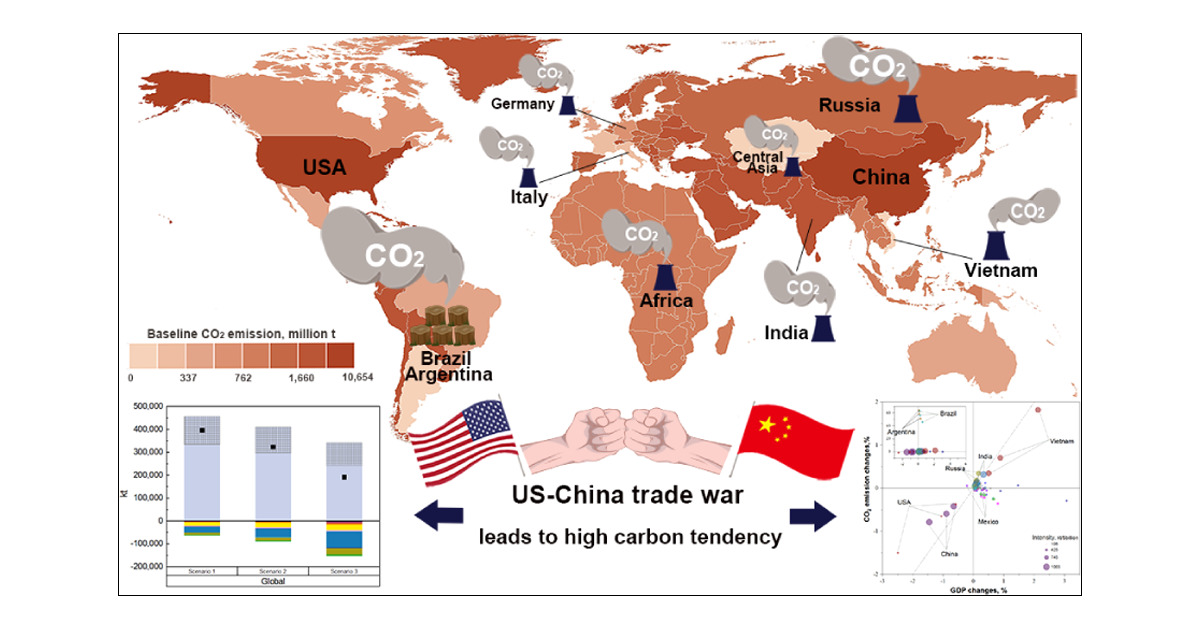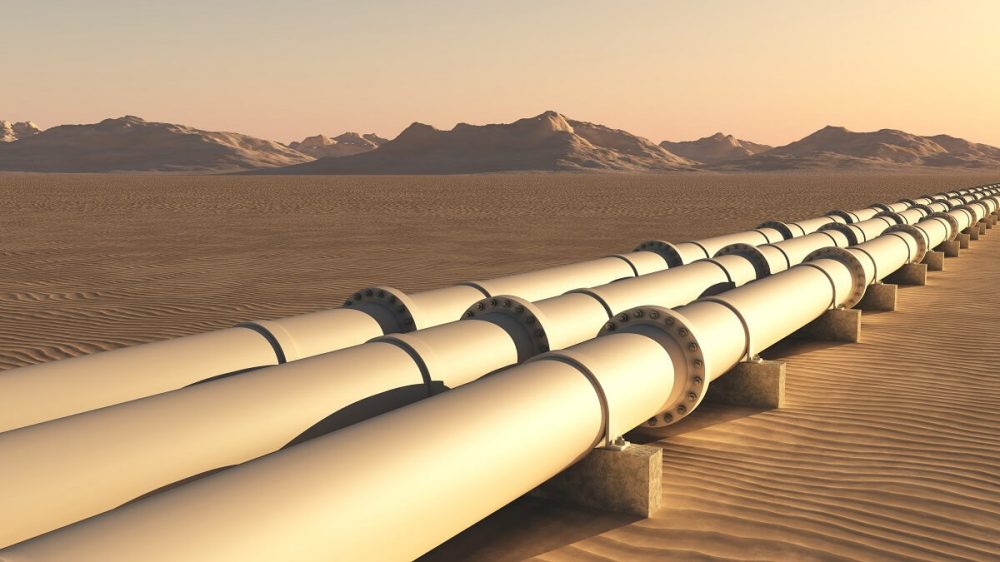By
Dr. HO Chi-ping, Patrick
Military conflicts in Ukraine since February 2022 had turned the energy global order upside down. The most recent confrontations in Gaza since October 2023 further added fuel to the uncertainty of the energy market around the world. Escalations of military tension in Gaza might hike crude oil prices to way over 100 USD as production and transportation might be seriously affected by geopolitical tension in the Middle Eastern region. The geodynamics of the energy market leading to the present-day predicament could be traced back to the World Order for Energy of 2017.

Image Source: Internet
Donald Trump was President of the United States 2017-2021.
The first weeks of his administration in January 2017 had proven that it would be a sharp break from long-held policies, as Trump utilized surprise and unpredictability as a tactic. Domestic policies planted under the Obama administration were quickly being uprooted – including those on healthcare, immigration, and environmental protection. In the international sphere, the change was even starker. The United States, once champion of free trade, and an extroverted leader on the global stage, had begun to manifest its inclination to turn inwards, towards protectionism and introversion.

Image Source: Internet
Trump’s whirlwind of policy also reached the world of energy.
Trump had, on several occasions, publicly articulated a vision for U.S. energy policy. So had many of the appointees to his administration, and the Republican Party, which then controlled Congress.
Under Trump, three significant changes to the global energy landscape could be identified. Trump had tried to:
- Withdraw the United States from the Paris Climate Agreement.
- Turn the United States into an energy exporter.
- Restructure the trade relationship with China.

Image Source: Internet
The Paris Agreement
Trump had repeatedly stated before 2017 that he would withdraw from the Paris Climate Agreement, partly because he was doubtful of the severity of consequences caused by climate changes, and partly because the stifling effects on economic growth exerted by the Agreement. Several of his appointees, too, had either questioned climate science or expressed skepticism as to its resolution through government action. Ever since he took office in 2017, his administration had been seriously exploring withdrawal from the Agreement.
The Paris Agreement itself provides for a party’s withdrawal. However, it imposes a three-year limit before a country can make the request, which itself only becomes effective the following year. Because the Paris Agreement came into effect under Obama on Nov. 4, 2016, the earliest that Trump could effectively withdraw was Nov. 4, 2020.

Image Source: Internet
A potentially faster option existed then for Trump, although its legal possibility was murkier: withdraw from the UNFCCC (United Nations Framework Convention on Climate Change), on which the Paris Agreement rested. Trump’s withdrawal from the convention would also end the commitment to the agreement. This approach would only take one year to effectuate. However, it would also require the advice and consent of the Senate, which would open up room for political complications.
The most expedient approach for the Trump administration then was, however, to abandon the agreement in fact, rather than by law. The Paris Agreement is aspirational, and as such provides for no penalties. Consequently, Trump could simply turn back on the domestic commitments made by Obama to fulfill the promises made for the Paris Agreement, such as the Clean Power Plan.

Image Source: Internet
The Trump administration’s Environmental Protection Agency (EPA) on June 19, 2017 published its “Affordable Clean Energy” (ACE) rule to replace the Obama EPA’s Clean Power Plan (CPP).
The replacement plan was essentially the Trump administration’s attempt to adhere to the letter of the law mandating that carbon pollution be regulated, while only requiring the smallest possible changes from the power utility industry.
The domestic and international repercussions were significant, with perhaps enduring damage to the United States’ international reputation. But Trump had shown a readiness to discount the value of the United States’ international reputation, as he continued to find ways to undercut US commitment to international climate policy by not pursuing any pro-active commitments of his own.

Image Source: Internet
There were several consequences for China.
The United States had expended considerable resources on the climate change issue, including research, lobbying, and the promotion of international platforms for more than twenty years. With its withdrawal, if not from the agreement, then for pursuing this agenda, there would a vacuum for policy leadership on this issue.
The obvious replacement was China, as the largest emitter but also as a country that strongly supported the agreement. On the one hand, it was a heavy commitment, and a serious undertaking, in terms of resources, visibility, and reputation. On the other hand, climate leadership was perhaps also an opportunity for China, both to assume a leading position in global energy development and to bolster its prominence in international affairs.

Image Source: Internet
The departure of the United States from following through on its Paris promises also had relieved some pressure from China to do the same. China was ahead of schedule in pursuing its commitments, which had not come without some costs. The additional leeway and reduced international pressure might give China some room in how it restructured its economy. Domestic pressures within China to address pollution, however, had persisted regardless of what Trump did with the Paris Agreement.
US Energy Exports
Trump had vowed to make the United States not only energy independent, but an energy exporter. There were several motivations for this goal. First, the infrastructure necessary to accomplish it would help the administration’s pursuit of domestic job growth. Second, energy independence would help to advance the United States’ energy security, especially as it receded from the international trade. USA was then 92% energy self-sufficient. Third, Trump was also eying energy exports as a way to enhance American power in the international arena, upsetting the balance of energy supply and demand.

Image Source: Internet
To achieve this goal, Trump encouraged the growth of fossil fuel production in the United States, something which had already gained notable momentum with the shale gas revolution. Trump did have a cooperative Congress, and a mixture of investment and deregulation making domestic energy production more competitive. Oil and gas rig count in April 2017 was 870, compared to 420 in April 2016.
Other trends in the market could support Trump’s agenda. For example, gas pipelines in the United States had begun being redirected to flow towards the Gulf Coast, where new LNG (liquefied natural gas) terminals were under construction. By 2018, US natural gas exports had reached 10 billion cubic feet daily, up from 1 billion in 2016. Trump had chosen to accelerate these developments.

Image Source: Internet
Trump’s success in executing this policy and substantially increasing crude oil production in the USA, had led to a lowering of fossil fuel prices from the increased supply. And we had seen the lowest price ever in recent decades for crude oil during his reign. It was somewhat interesting to note that the 9 million bpd or 11% of the world’s oil produced by the USA could have a price-setting and price anchoring effect more than OPEC which produced 34 million bpd or 43% of the world’s. For many oil-producing countries, already struggling after years of low prices, the effect could be devastating, both economically and politically.
For China, the results were mixed, but positive overall. Lower prices had hurt some State-Owned Enterprises, and China’s domestic production. On the other hand, lower overall prices could be highly beneficial for China, which imported 60% of its energy. The option of choosing production not only from the Russia and the Middle East, but also the United States, had been politically advantageous as well. On the other hand, a comfortable reliance on foreign energy imports was always detrimental to China’s energy security.

Image Source: Internet
A secondary effect of lower oil prices, and a US return to fossils, had been a more competitive environment for the development of renewable energy. Low oil prices had made renewables an even less attractive offer for both investors and consumers. This was certainly true in the US and the western market, but China still continued to press on with its own agenda of green energy development with a mind of her own.
Sino-U. S. Trade Relationship
Trump took bold actions to pursue protectionist policies, including imposing tariffs on Chinese made goods. He made several maneuvers to legally push tariffs against China, as various acts had granted him the legal power to do so quickly and effectively. Trump’s relentless effort to pursue such tariffs, and the degree to which he had pursued them, had been devastating to the relationship between the two countries, as the economic consequences for China and for the United States are enormous.

Image Source: Internet
In the field of energy however, the impact of tariffs, was felt most by renewables. China had been leading the renewables market, and any breakthroughs in prices it was able to achieve would make its products desirable in the United States – unless tariffs were imposed. The threat of such tariffs alone had an impact for renewables, as it made investment appear riskier. Thus, development of and the market for renewables were once again vulnerable under Trump’s agenda.
Change is Certain

Image Source: Internet
Under Trump, the global geopolitical landscape had definitely become quite different, and the world had been shifting to a new type of order – and energy was no exception. It might take quite some time for dust to finally settle and things to stabilize, even after he left office in 2021. But one thing is certain: the old order was radically disrupted and it had been beyond Biden’s administration ability to reinstate it. Biden’s only choice was to carry part of Trump’s legacy in this arena with minor rectifications here and there. What Trump had implemented was hard to overturn. The damage done was difficult to mend, and whatever lost ground Biden had tried to recover was quickly overtaken and overwhelmed by geopolitical events internationally. And the rest is history!
The world in 2020 was very different from that of 2017, and the world in 2024 surely will remind us of 2017!
(This article was adapted from the Opening Speech delivered by the author at the Energy Forum organized by the Chinese Academy of Social Sciences, in Beijing, China, on 2017-05-05)
Edited by Fang Fang
Proofread by Wang Yan

